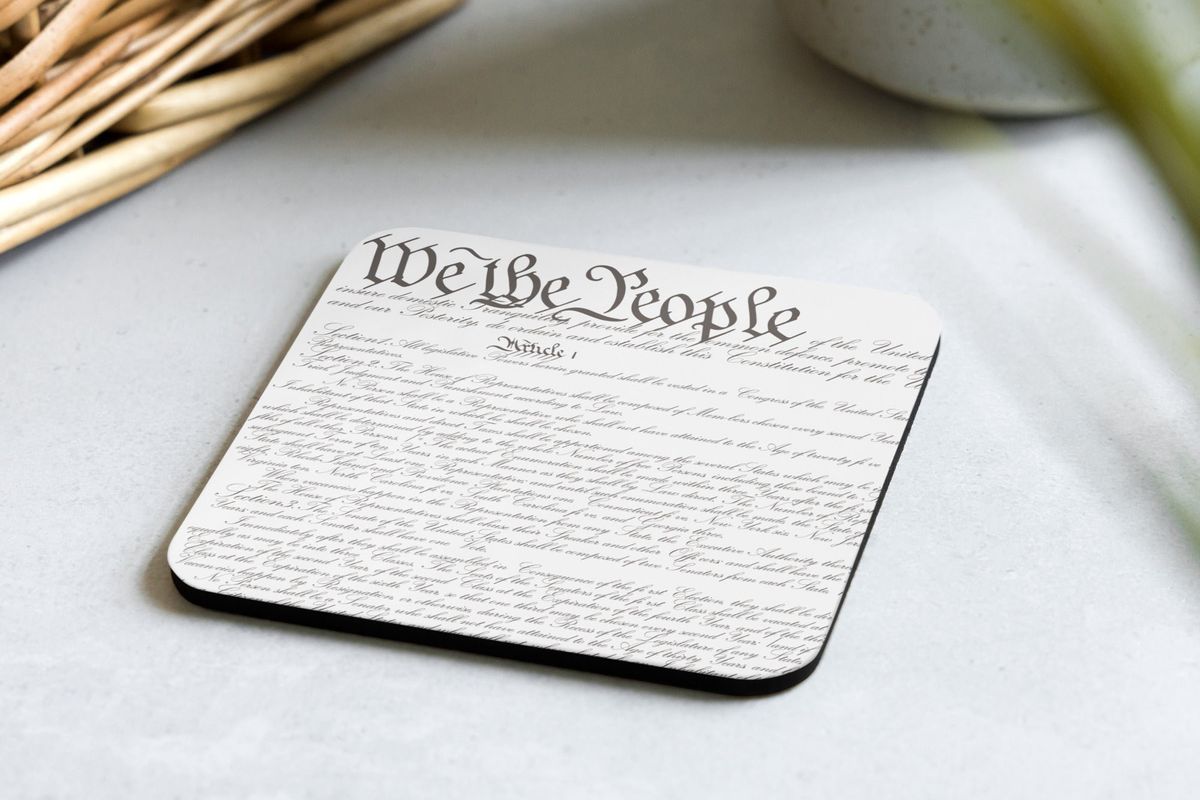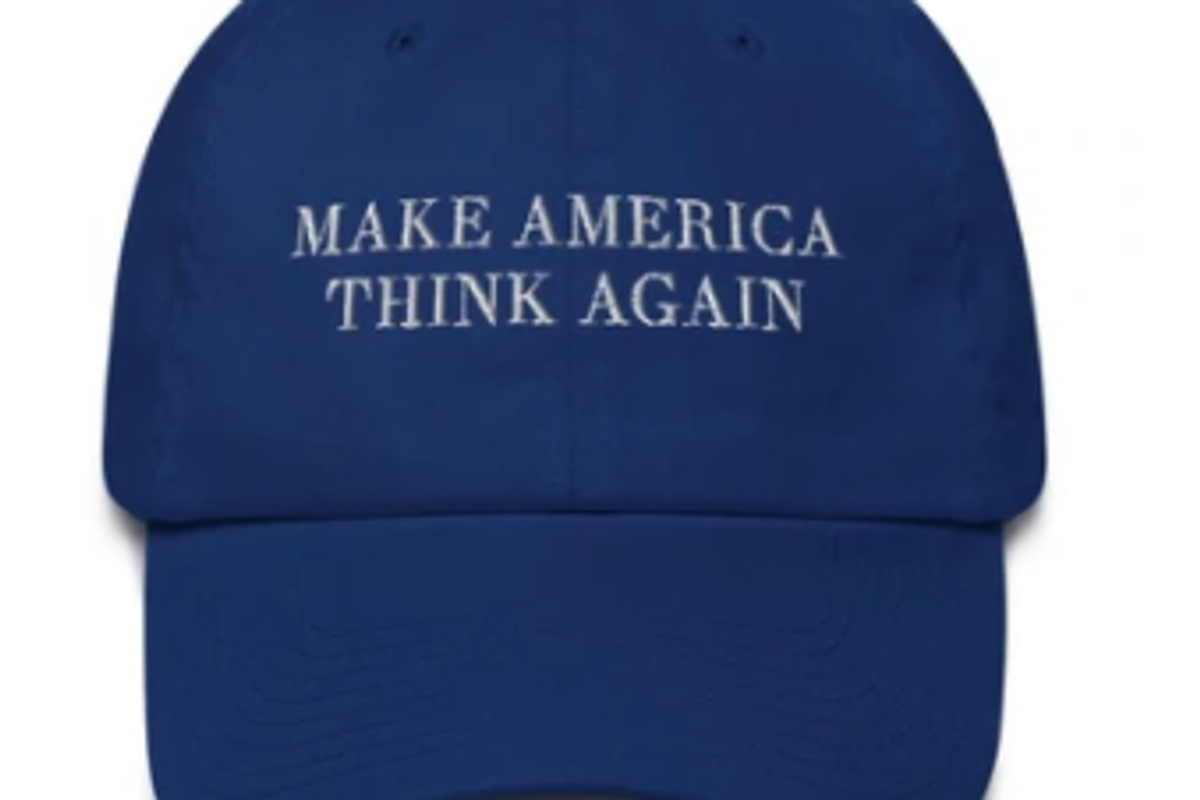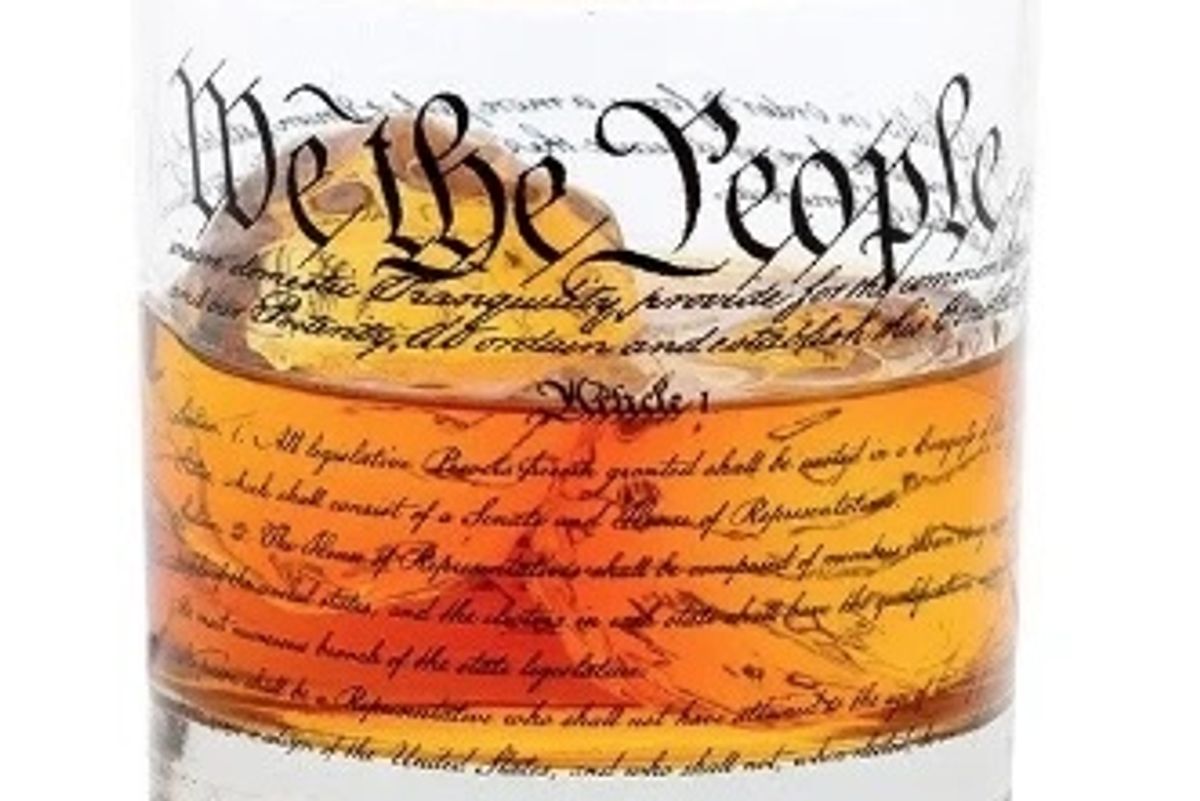I spent my very early years in Utica, New York. I was too young to know anything about the city’s reputation — I left when I was 8 — but I would later learn that it was known at the time as “Crime City,” because it was reportedly controlled by the Mob.
Stories of towns infiltrated by organized crime or ruled by blatantly corrupt politicians used to be fairly common. These days you hear tales of blatant personal corruption at the local level less often.
But who could have imagined raw corruption determining policy for the United States as a whole?
Unless there’s a sudden outbreak of conscience and rationality on Capitol Hill, Congress is about to pass, with (alas) wide bipartisan support, the GENIUS Act, which will legitimize and normalize “stablecoins” — cryptocurrency tokens that, unlike the original tokens such as Bitcoin and its imitators, are supposed to be protected against wild fluctuations in their purchasing power, because they’re backed by conventional assets like Treasury bills.
I’ll talk in a minute about why encouraging stablecoins is such a bad idea. But first let’s talk about crypto in general.
Crypto’s early enthusiasts may well have been idealists, imagining that they could create something that was better and safer than traditional money. But as the years have gone by — Bitcoin was introduced in 2009! — crypto keeps failing to find legitimate uses. There is, to a first approximation, nothing you can legally buy with crypto assets except other crypto assets.
The journalist Zeke Faux, who wrote “Number Go Up,” a portrait of the crypto industry, went around the world both studying cryptocurrencies and trying, when he could, to use them. In the end, he wrote, “Traveling around the world investigating crypto had given me a new appreciation for my Visa card.”
So why do ordinary people keep buying crypto? Part of the answer is intense marketing; as I mentioned in a recent post, my Venmo app (which is actually useful) is constantly trying to sell me crypto. But the most compelling explanation why people buy crypto is that there is a clear affinity between the psychology of buying crypto and the psychology of gambling. Retail crypto looks, in particular, a lot like the “numbers racket,” which siphoned millions of dollars from generations of working-class Americans until it was largely supplanted by state lotteries.
The numbers racket was illegal, but flourished anyway because the criminal organizations paid off police and politicians.
But they were pikers by today’s standards. According to Public Citizen, crypto companies accounted for almost half of all corporate spending during the 2024 election. Donald Trump and his family have made billions off the $Trump and $Melania “meme coins,” but I wouldn’t be surprised to learn that other politicians have also been the beneficiaries of crypto largesse.
And what the crypto industry wants out of today’s politicians, above all, is legislation that gives a veneer of legitimacy to stablecoins like Tether.
What is a stablecoin? It’s a digital token like Bitcoin — that is, an asset that “belongs” to whoever has the secret numerical key that unlocks it. But unlike Bitcoin, whose value in dollars fluctuates wildly day to day, a stablecoin is supposed to retain a fixed value in dollars. The stablecoin issuer maintains that stability by standing ready to buy its tokens back, holding reserves of conventional assets like Treasury bills for that purpose.
One way to think about this is that stablecoin issuers are like banks back in the days before the Civil War, when gold and silver coins were the only official forms of money. Many banks issued paper currency, which they promised to redeem for gold and silver coins on demand. Similarly, stablecoin firms issue tokens that they promise to redeem for dollars.
Antebellum banks that issued their own notes served a useful function, because the federal government wasn’t yet issuing its own paper currency. So bank notes played an important role in ordinary, legitimate commerce. For example, the $10 “Dixie” notes issued by the Citizens Bank of Louisiana (they were printed in French on one side) circulated widely across the lower Mississippi. Yet some of these early, unregulated banks were “wildcat banks”: banks that were specifically set up to defraud anyone foolish enough to accept their bank notes as payment.
So like antebellum bank notes, which were privately issued currencies supported by the claim that they were backed by gold and silver, stablecoins are privately issued tokens supported by the claim that they are backed by dollars. Unlike antebellum bank notes, however, stablecoins don’t serve any clearly useful function. They can’t be used to make ordinary purchases, and there’s nothing you can do with them that can’t be done more cheaply and more easily with debit cards, Venmo, Zelle, wire transfers etc. That is, why not just use dollars instead of tokens that are supposedly backed by dollars?
The answer to that question is that the ownership and disposition of stablecoins, unlike the ownership and distribution of bank deposits, is anonymous. This is a highly valuable feature for those who want to engage in money laundering, extortion, purchase of illegal drugs, and so on. In other words, the only economic reason for stablecoins is to facilitate criminal activity.
Do the politicians backing the GENIUS Act not understand this? Some of them probably do. As for the rest, well, it’s difficult to get someone to understand something when their campaign contributions and, in some cases, their personal wealth depends on their not understanding it.
But wait, there’s more. As I’ve already explained, stablecoin issuers are teched-up versions of antebellum banks, which were for the most part unregulated and, when they failed, provided no safety net for people who placed their money in their care (or accepted their notes.) As a result of this lack of regulation, the antebellum banking system repeatedly experienced “panics” — mass runs on banks perceived as risky.
Today, however, the federal government is deeply involved in banking, for very good reasons. After the devastating bank runs of the 1930s, in particular, officials realized that they needed to guarantee the value of deposits via the FDIC, while at the same time requiring banks to limit the kinds of risks they take. The goal was to limit the risk of financial crisis. While we did have a nasty crisis in 2008, that mostly involved “shadow banks” that evaded precautionary regulation. And stablecoins are, among other things, a new kind of shadow bank.
Recognizing that they could suffer the equivalent of self-fulfilling bank runs, the biggest stablecoin issuers are trying to reassure holders of their solvency by accumulating large reserves of U.S. government debt. But the flip side of this is that a run on stablecoins could turn into a run on U.S. government debt! That is, if the owners of stablecoins were to rush to convert their holdings into dollars, this would force stablecoin issuers into a fire sale of U.S. Treasury bills, driving up interest rates.
The fundamental point is that the growth and legitimation of stablecoins poses new risks to overall financial stability — all in the name of making it easier for criminals to do their business.
It's an amazing, depressing story, one that many readers may find hard to accept. But the truth is that when it comes to crypto (and other issues, but I’ll talk about them another day), Washington has become Utica on the Potomac: A town that, if not entirely controlled by the digital Mob, has at least been largely bought and paid for.
Paul Krugman is a Nobel Prize-winning economist and former professor at MIT and Princeton who now teaches at the City University of New York's Graduate Center. From 2000 to 2024, he wrote a column for The New York Times. Please consider subscribing to his Substack, where he now posts almost every day.
Reprinted with permission from Substack.














